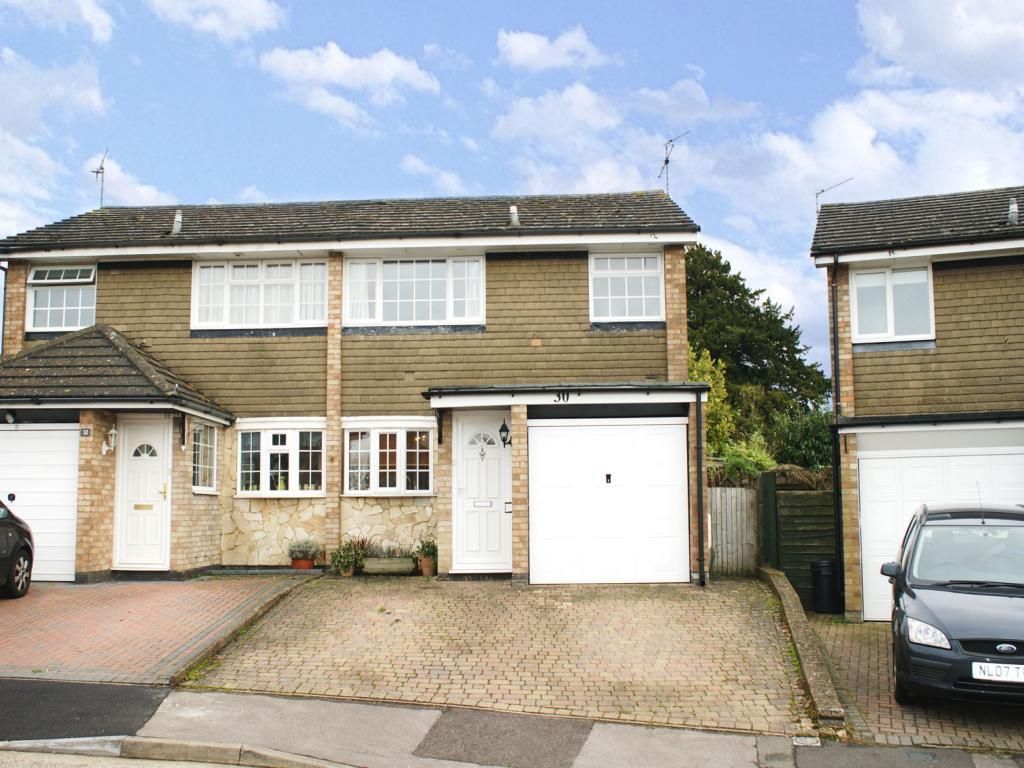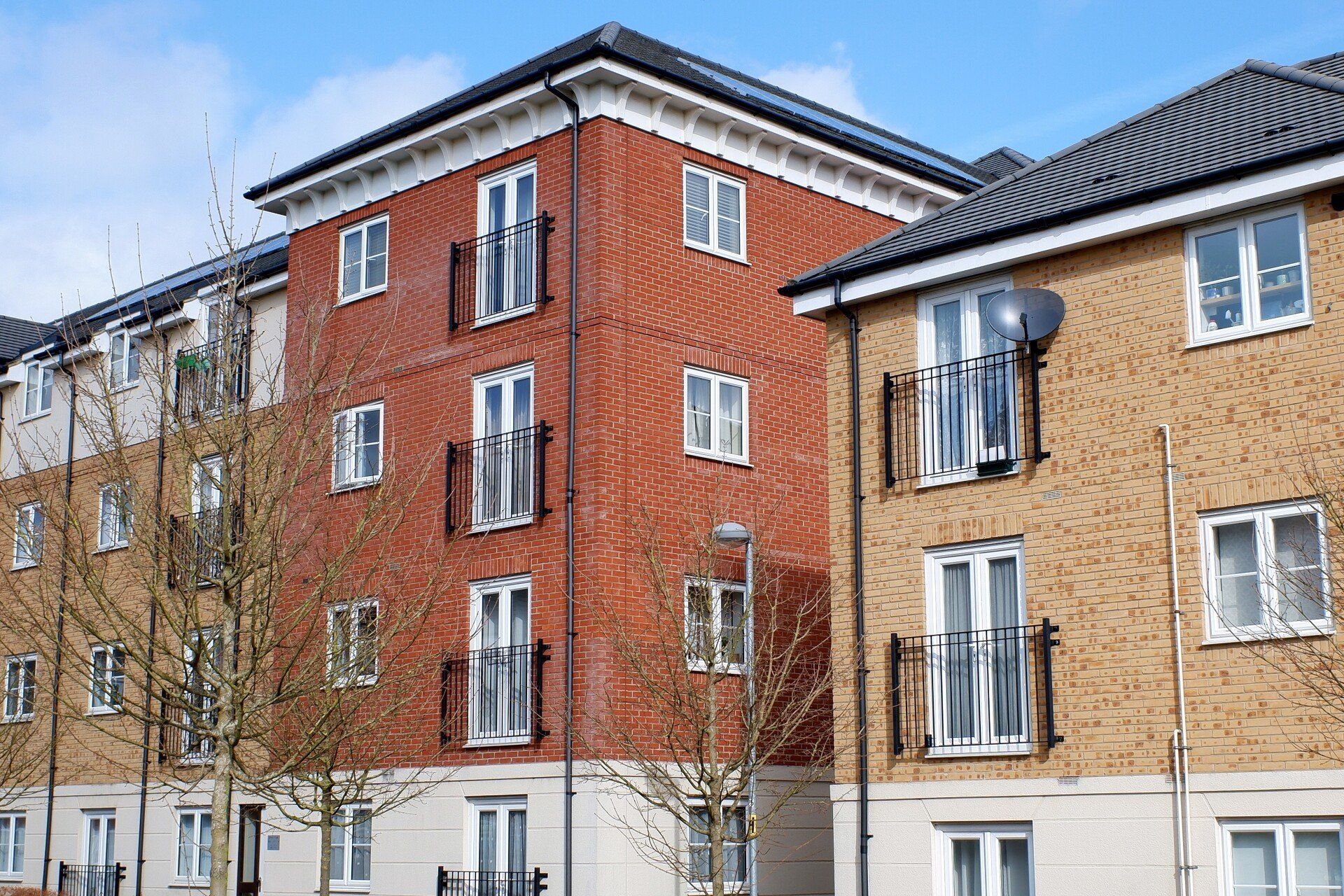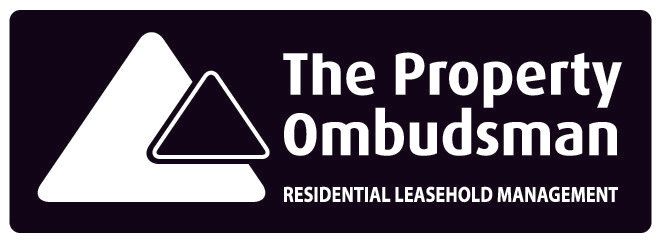
Now We Are 30!
A brief history of how we got here.
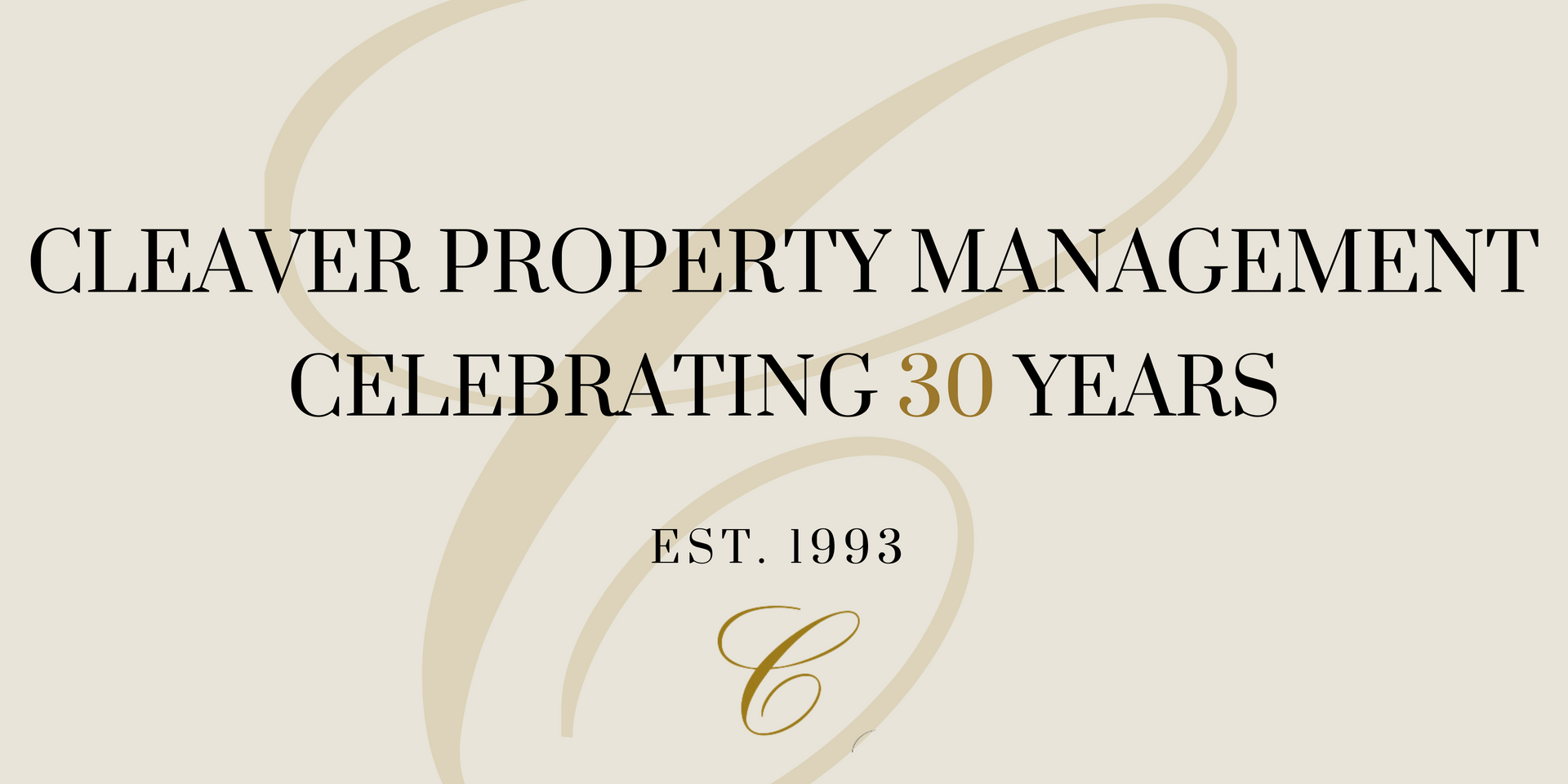
We have been asked to put a few words on a page in recognition of the Company reaching the 30-year milestone. What follows is an honest recollection of the start of the company through to our ‘handing over of the baton’ to Sarah.
In 1992 Sue & I had, what we thought, were safe jobs in a Property Management company. We had one daughter, Sarah, and a mortgage. The latest financial crisis was looming and on 16th September 1992 interest rates went from 10 to 15 percent.
In the Spring of 1993, we went on a caravan holiday in Cromer, Norfolk. Sue announced she was pregnant, with Natalie due later that year. Less than a month later we were both out of work.
I think it fair to say we were pushed rather than jumped in to starting our own business. I recall worrying about how to look after our growing family but looking for another job, in 1993, was far from easy. Unemployment rate was over 10% or 6.5 million people.
It quickly became obvious we had to start our own business. We put together a Business Plan, rang several Directors of Blocks, who now found themselves without an Agent. We started with 6 blocks of flats, a telephone, some borrowed money from parents and a very brief meeting to decide the name of the business.
Natalie arrived and we had at least 3 different meals each week. It’s fair to say we worked 7 days a week. We were once asked what it was like to start our own business. Our reply was to say “Great, we only work half a day - and better still, we get to choose which 12 hours each day that is!”
We would take it in turns to answer the phone and Natalie would provide the entertainment. We felt guilty that there was no ‘normal’ life. There were no holidays either and looking back, that is something we cannot recompense Sarah or Natalie for - you can’t wind back the clock.
There is a constant drive within you when you are wondering where the next meal is coming from - or how you are going to pay for it. It seems silly now, but I literally ‘stole’ a Yellow Pages off a doorstep as I was so excited to see our first advert! There was no social media, web or email so spreading the word was done by photocopying our advert and pushing it through letterboxes - whatever the weather.
You finally arrive at a point where all of this is a ‘proud history’ to all our efforts. We moved house to accommodate an ever-growing number of filing cabinets, a fax machine and 2 desks. We started having holidays and even had weekends off.
The business was always going to grow by keeping core values, family run, quality service and professional management. Its aim was to grow steadily and to pride itself on a long-term association with every client. There are still a number of customers with us from when we started 30 years ago. Not many Agents can say that!
The future is now looking brighter and recent uncertainties - the pandemic and Brexit - are behind us. We have hopefully put things in place that mean the continued growth of the business is as assured as it can be whilst giving Sarah the confidence to explore new markets and expand the business further.
Martin & Susan Cleaver
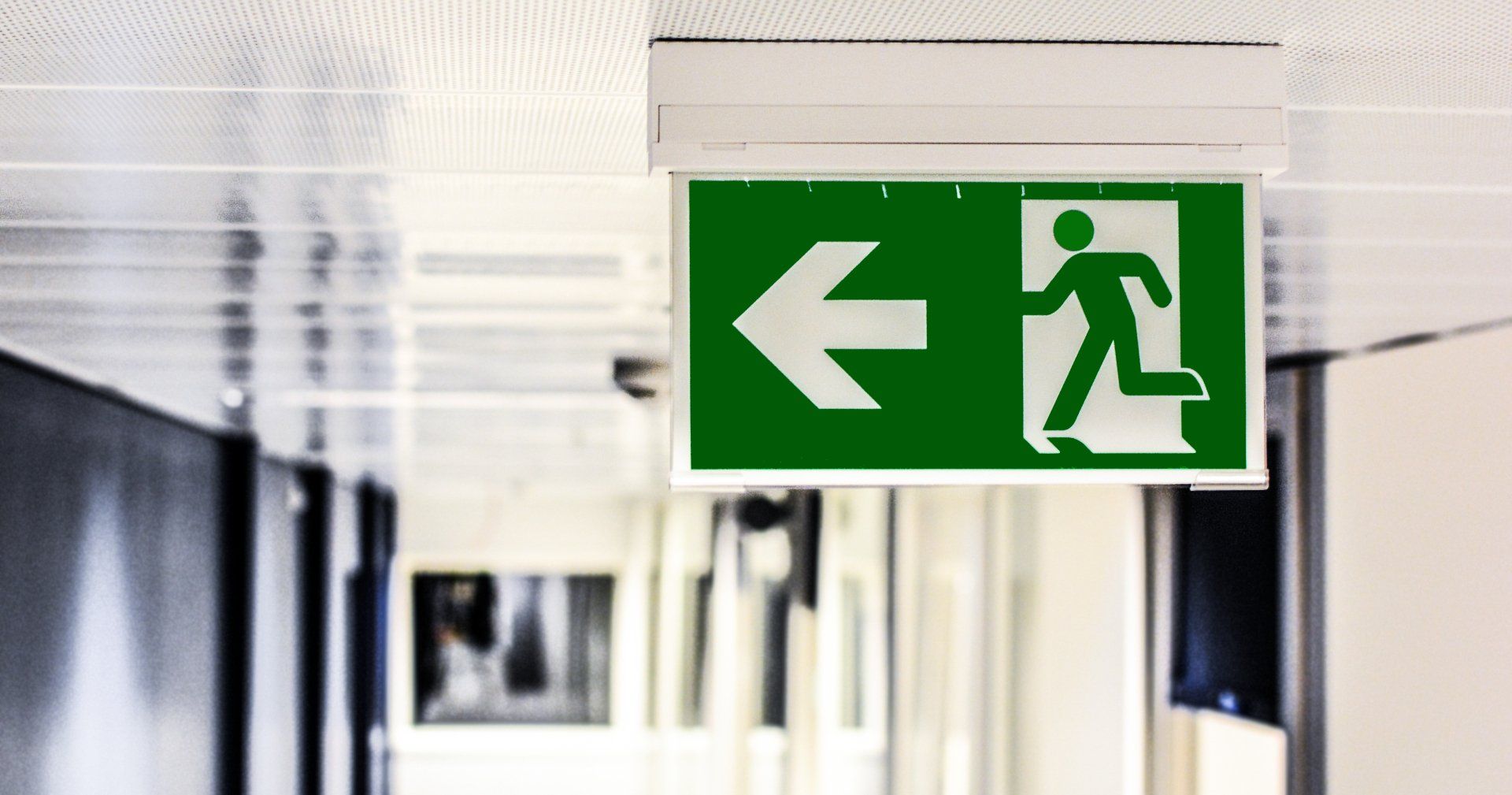
Tel:
(UK)
0118 978 7182
(Overseas)
+44 1189 787 182
Emergency Out of Hours:
0115 896 5158
Email:
info@cleaverproperty.co.uk
We are open 09:00-17:30 Monday to Friday.
Cleaver Property Management
